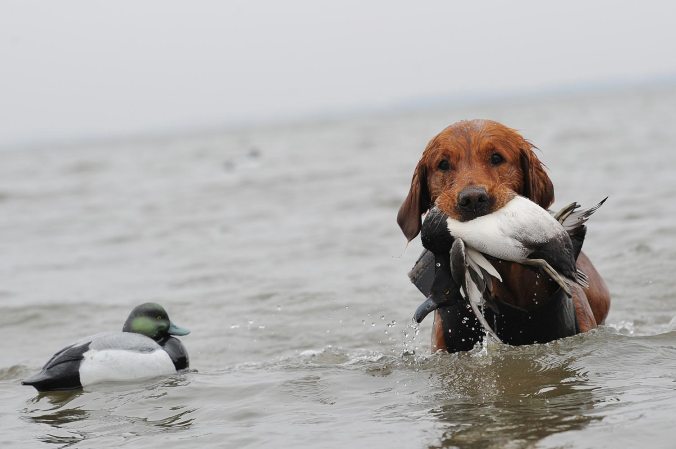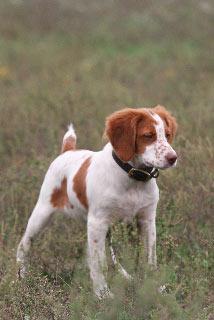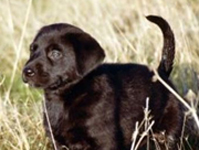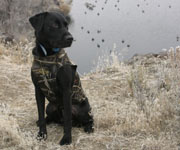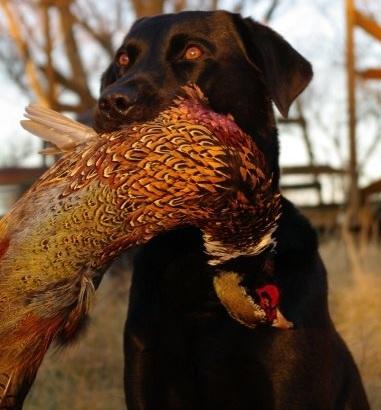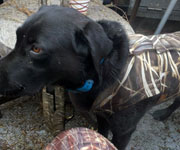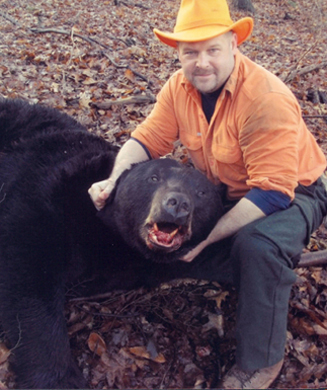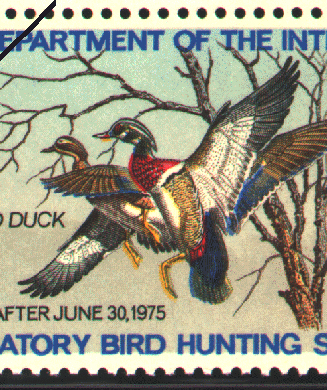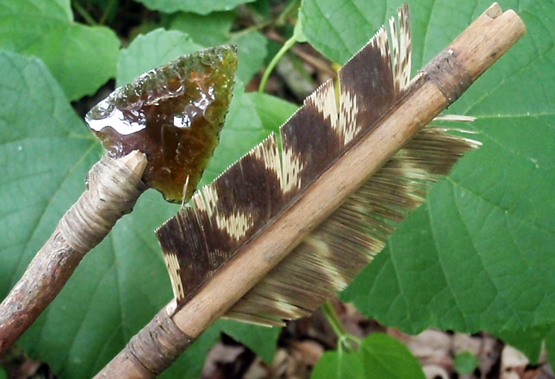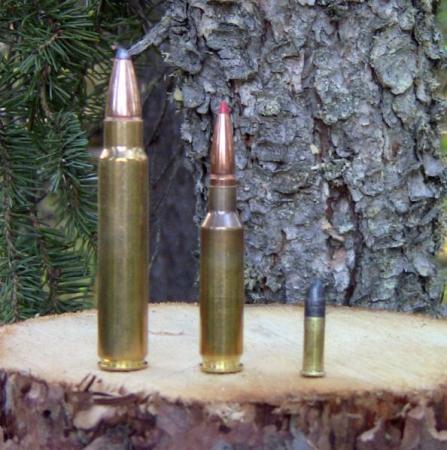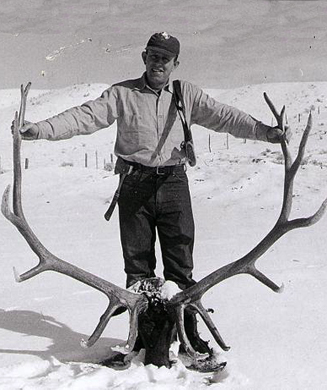
My buddy Eddie recently sent me a text along the lines of: “Know anyone that wants a dog? She got into a porcupine again. I can’t afford to keep doing this.”
His rescued boxer, Delilah, had tangled with a porcupine once again. It’s not all that surprising. I’ve heard it said that once a dog encounters Mr. Quills, he’ll either do everything in his power to avoid him or he’ll try to kill him every time.
Both actions make sense. For a dog to learn something with a single repetition the experience has to either be extremely positive or extremely negative; a porcupine encounter fits the definition of extremely negative. But on the other hand, that same flight-or-fight mentality is easily switched to fight when you’re talking two living, breathing animals meeting in the woods; a high-prey drive dog is just going to view that quill-filled thrashing as part of fight, a part of the game.
When dogs do get smacked by a porcupine, a trip the vet’s office is probably the best course of action. I found this study of 296 dogs presented with quill injuries. What it found was that dogs brought to the vet after 24 hours of the encounter were more like to have complications (interestingly, it also found that Siberian huskies, rottweilers and German shepherd crosses were significantly overrepresented). If there’s only a “few” quills, you can try to remove them yourself.
The danger with porcupine quills, beyond the obvious pain and suffering and trauma to the affected area, is that, like grass awns and other mean seeds, the barbed quill will migrate inward and can puncture the body cavity, organs and end up causing infection and even death if not treated – diagnosing something like this can be difficult and time-consuming as well, which leads to greater infections and contributes to the possibility of death.
A day or so after receiving Eddie’s text, I was thinking of how it was going to kill him to have to give up Delilah. I began to wonder if there was some sort of training that could be done to break the behavior. My mind went immediately to snake breaking – where a defanged rattlesnake (or other venomous viper) is placed on the ground and the dog is allowed to investigate it. When he gets close and begins the interaction, a high dose of electrical stimulation is applied via the e-collar. The negative experience is recreated a few times and the dog quickly associates the smell of the snake(s) with a bad juju, and then begins to avoid Mr. No Shoulders at all costs. It’s a course of action that while not pleasant in the short term, could save big bucks at the vet, not to mention the dog’s life.
I’m thinking something similar could be done with porcupines. Obviously, the problem is that a live porcupine can’t be de-quilled and you would run the risk of the dog getting smacked again. However, you could start with a dead porcupine and make the association and then move on to a live one…applying stimulation as soon as you see the dog’s ears and head rise, that look of prey drive kicking in; at that moment you’d try engrain in his head that flight is the better course of action than fight. I think it could work. Has one heard or seen anything like this?
(P.S., the dog in the picture is a bull terrier that got nailed back in 2005. You might have seen it passed around via email. By all accounts she lived, amazingly.)


